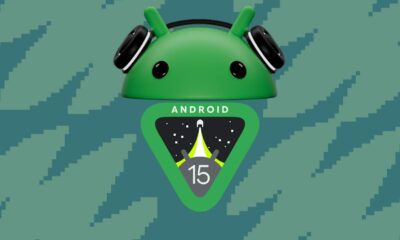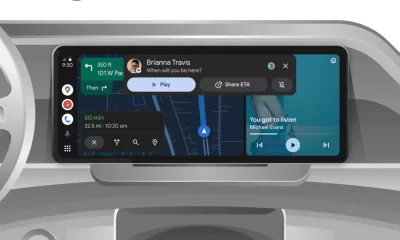Android
Android 15 QPR2 Beta 1: New features, custom modes, Linux Terminal app, and revamped Pixel wallpaper experience Introduction
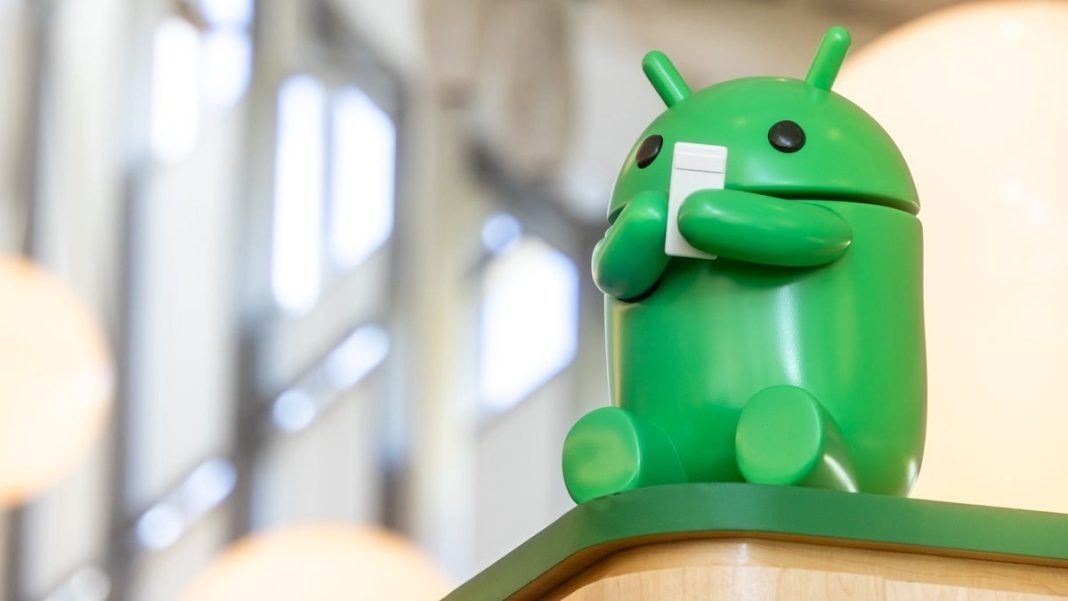
Google is already pushing out the Android 15 QPR2 Beta 1 update to its Pixel devices, even before the official release of QPR1 in December. This new Quarterly Platform Release (QPR) brings a host of exciting changes, bug fixes, and fresh features to improve user experience. Let’s dive into all the significant updates coming with this release, including a customizable Do Not Disturb Mode, a new Linux Terminal app, and a redesigned Pixel wallpaper interface.
What is Android QPR?
QPR (Quarterly Platform Release) is a mid-cycle update strategy by Google to introduce significant features without waiting for a major Android release. Unlike regular monthly updates that focus on minor bug fixes, QPRs include bigger enhancements and UI changes, making them ideal for testing new features before the next major Android version. The stable release of Android 15 QPR2 is expected in March 2025.
Key Features of Android 15 QPR2 Beta 1
1. Customizable Do Not Disturb Modes
One of the standout features of Android 15 QPR2 is transforming the “Do Not Disturb” feature into a fully customizable “Modes” system. Here’s what’s new:
- Multiple Custom Modes: Users can now create different Modes, each tailored to specific needs. For example, you could have a “Work Mode,” “Sleep Mode,” or “Exercise Mode,” each with unique settings for notifications, alarms, and display options.
- Icon and Trigger Options: Each Mode can have its own icon and be triggered manually or automatically based on time, location, or connected devices. You can choose from over 40 different icons, which will be visible on the status bar and lock screen when the Mode is active.
- Quick Access: Modes can be easily toggled via the new Quick Settings tile, offering users a fast way to switch between different setups without diving into the settings menu.
This new system offers flexibility beyond the traditional “Do Not Disturb” and allows users to customize their phone experience according to their lifestyle.
2. Introduction of a Linux Terminal App
In a bid to enhance productivity on Android devices, Google has introduced a Linux Terminal app in Android 15 QPR2 Beta 1. Here’s what this feature entails:
- Linux Terminal Integration: This feature is designed for developers who need to run Linux commands or apps directly on their Android devices. It uses the Android Virtualization Framework (AVF) to enable a secure environment for running Linux distributions like Debian.
- Developer Options: The Linux Terminal can be enabled from the Developer options under Settings > System. After activation, a Terminal app appears, ready to execute Linux commands.
- AVF Expansion: Initially introduced in Android 13, AVF was created to securely compile sensitive code. In Android 15, Google has expanded its capabilities to support full-fledged operating systems, allowing a seamless experience when running Linux apps.
This update marks a step forward in making Android devices, especially those with larger screens like tablets, more suitable for developers looking to perform complex tasks on the go.
3. Early Redesign of the Pixel Wallpaper App
Google is also revamping the Pixel wallpaper app with changes spotted in the Android 15 QPR1 Beta 1 update. Here’s what to expect:
- Streamlined UI: The traditional tabs for customizing the home screen and lock screen have been replaced with a new swipe-based carousel. This change simplifies navigation, allowing users to switch between home screen and lock screen customization effortlessly.
- New Clock and Shortcut Customization: Customizing the lock screen clock style and shortcuts is now integrated into a bottom sheet design. This new interface displays all clock styles and shortcut options in a single, scrollable view, making it easier to select and preview changes.
- Enhanced Color Palette Picker: The system color picker has been updated to show more options at once. When selecting a color palette, the home screen preview zooms in, providing a clearer view of how the icons and theme will look. The dark theme toggle is also integrated for a quick preview of the theme in dark mode.
These UI changes aim to make the wallpaper and style customization process more intuitive, giving users a better preview of their adjustments.
Device Compatibility
The Android 15 QPR2 Beta 1 update is available for a wide range of Pixel devices, including:
- Pixel 6 Series: Pixel 6, Pixel 6 Pro, Pixel 6a
- Pixel 7 Series: Pixel 7, Pixel 7 Pro, Pixel 7a
- Pixel 8 and Pixel 9 Series: Pixel 8, Pixel 8 Pro, Pixel 8a, Pixel 9, Pixel 9 Pro, Pixel 9 Pro XL, Pixel 9 Pro Fold
- Others: Pixel Tablet, Pixel Fold
- Android Emulator: Available for developers using Android Studio
Users enrolled in the Android Beta Program for Pixel can receive the update via OTA (Over-The-Air). Alternatively, users can manually flash the factory image or sideload the update if needed.
How to Install the Android 15 QPR2 Beta
To get started with the Android 15 QPR2 Beta 1 update:
- Join the Android Beta Program: Enroll your compatible Pixel device at the Android Beta Program website.
- Check for Updates: Once enrolled, go to Settings > System > System Update to download the beta update.
- Flash or Sideload: Advanced users can also opt to flash the factory image or sideload the OTA update manually.
Upcoming Features and Expectations
While this update brings substantial new features, it’s clear that Google is laying the groundwork for even more significant changes expected in Android 16, slated for release in 2025. Some anticipated improvements include:
- Further Enhancement of Linux Integration: With the introduction of the Linux Terminal app, Google is expected to expand its capabilities, possibly supporting more Linux distributions and better compatibility with Android’s Virtualization Framework.
- Advanced Customization with Modes: As Google continues to refine the Modes feature, we might see more triggers and deeper integration with third-party apps and services, making it even more versatile.
- UI Overhauls Across Pixel Devices: Based on the early design changes in the wallpaper app, we can anticipate a more cohesive design language throughout Pixel’s UI in future updates.
Conclusion
The Android 15 QPR2 Beta 1 update brings exciting enhancements to Pixel devices, focusing on productivity, customization, and user experience. With features like the customizable Modes system, a developer-focused Linux Terminal app, and a revamped Pixel wallpaper app, Google is setting the stage for a more versatile and user-friendly Android ecosystem. Users looking to get an early taste of these features can join the Android Beta Program, but it’s advisable to back up your data as betas may still have some stability issues.
This update is just the beginning, and we can expect even more polished features in the stable release slated for March 2025. As Google continues its quarterly update strategy, Android users can look forward to receiving new capabilities and enhancements more frequently, making the Android experience more dynamic than ever.
Android
Google Pixel and Android teams face job cuts
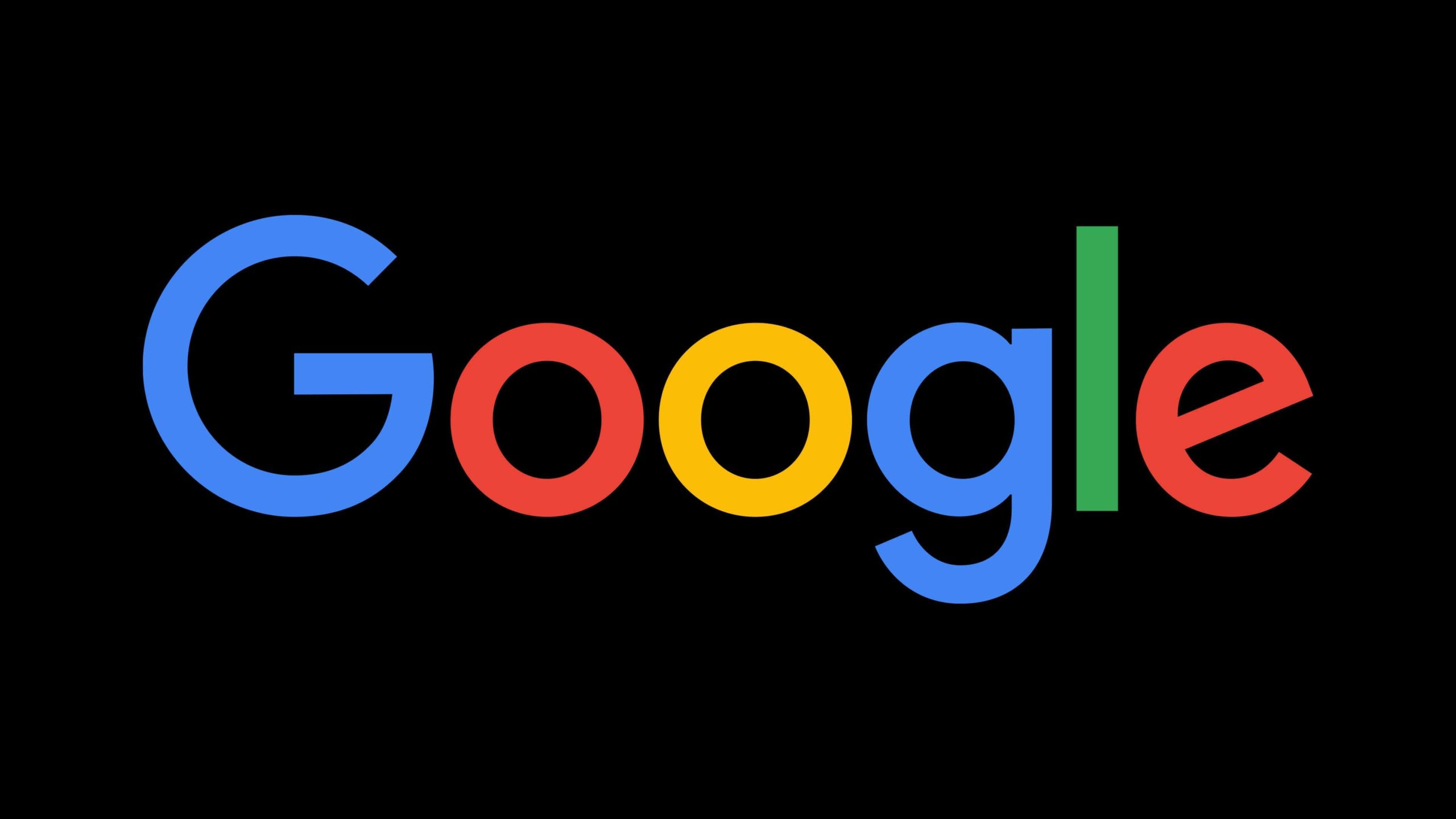
Google has made some tough calls recently, letting go of employees working on its Pixel phones, Android system, and Fitbit devices. The layoffs, which happened earlier this week, affected a small number of staff members, including some managers. The company hasn’t shared exact details about how many people lost their jobs or which teams were hit hardest, but the changes are part of a bigger plan to work smarter and focus on key projects.
Even with these cuts, Google says it’s still committed to building great Pixel phones and improving Android. The company believes these changes will help its teams work better together and create products that users love. Some of the employees who were let go might get a chance to apply for other roles within Google, but it’s not guaranteed that everyone will stay.
This isn’t the first time Google has trimmed its workforce. Last year, it cut jobs in other areas, like its Waze mapping app, as part of efforts to save money and streamline operations. Despite the layoffs, Google insists its plans for Pixel, Android, and Fitbit remain strong. The company is pushing forward with new ideas and products to compete in the crowded tech world.
The news has raised questions about what’s next for Google’s hardware and software teams. Fans of Pixel phones and Android are hopeful the changes won’t slow down the company’s progress. For now, Google is staying focused on delivering updates and new devices while navigating these internal shifts. Only time will tell how these changes shape the future of its products.
Android
Android 15 April update brings better features to Pixel phones
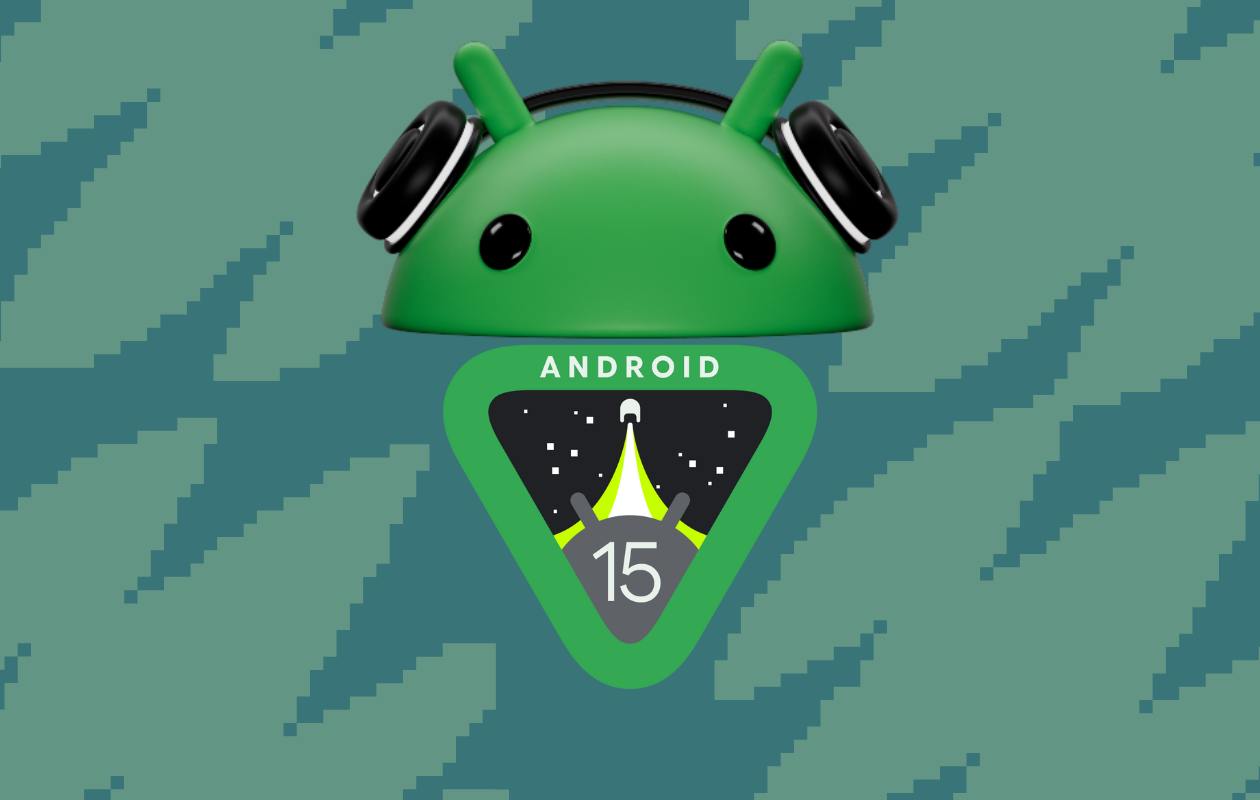
Google has released the April update for Android 15, bringing some handy improvements for Pixel phone users. This update focuses on making your phone more reliable and easier to use, with fixes and new features that enhance your daily experience.
One big change is better satellite support. Now, Pixel phones can connect to satellites more smoothly, which is great for staying in touch in areas with no cell service. The update also improves how apps work, fixing crashes and making them run faster. For example, apps that use GPS will now track your location more accurately, which is perfect for navigation or fitness apps.
Security gets a boost too. The update patches up some weak spots, keeping your phone safer from bugs or threats. Plus, if you use Wi-Fi, you’ll notice faster and more stable connections, especially when switching between networks. This means smoother video calls or quicker downloads.
For Pixel owners, the update also tweaks the camera and battery performance. Photos come out sharper, even in low light, and your battery should last a bit longer thanks to smarter power management. These small changes add up to a better overall experience.
The April update is rolling out now to Pixel devices running Android 15. If you haven’t gotten it yet, check your phone’s settings to download it manually. Google says more updates are coming soon to keep Pixel phones running at their best.
This release shows Google’s commitment to making Pixel phones more dependable and user-friendly. Whether you’re snapping photos or browsing the web, these changes make your phone work better for you.
Android
Smart Glasses could soon work with Android Auto
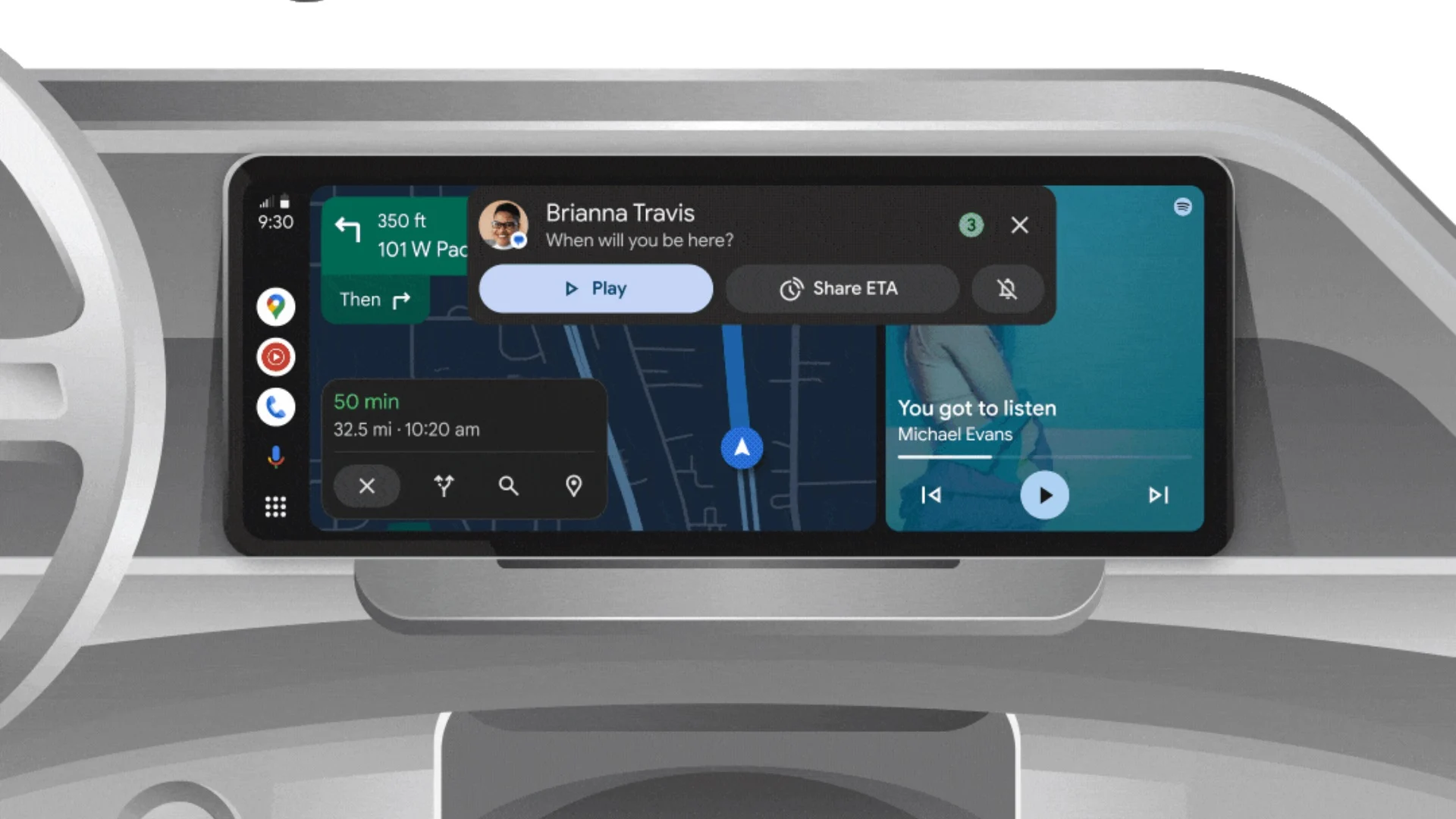
Imagine driving while getting directions or notifications right in front of your eyes through smart glasses. A recent discovery in the Android Auto app (version 12.5) hints that this might happen soon. Developers found clues in the app’s code showing that Google could be planning to connect Android Auto with smart glasses, making your drive smoother and safer.
Right now, Android Auto works by showing info like maps or music controls on your car’s screen or phone. But with smart glasses, that info could appear directly in your view, so you don’t have to look away from the road. The code mentions “Project Starline,” a Google idea that uses fancy tech to blend digital stuff with the real world. This suggests the glasses might overlay directions or alerts right onto what you see outside.
There’s no official word yet on when or if this will launch. The code is just a sneak peek, and Google might still be testing things out. Plus, it’s unclear which smart glasses would work with this—maybe Google’s own, or ones from other brands. Still, the idea is exciting: hands-free driving info that keeps your eyes where they belong—on the road.
This isn’t Google’s first try at smart glasses. Years ago, they launched Google Glass, but it didn’t catch on for everyday use. Now, with better tech and Android Auto’s popularity, this could be a fresh start. Picture getting a call or seeing your next turn pop up in your glasses while you drive. It’s a cool mix of sci-fi and real life, and it might not be far away. For now, we’ll have to wait and see if Google turns this hint into something real.
-

 Apps1 year ago
Apps1 year agoGboard Proofread feature will support selected text
-

 News1 year ago
News1 year agoSamsung USA crafting One UI 6.1.1
-

 News1 year ago
News1 year agoBreaking: Samsung Galaxy S22 may get Galaxy AI features
-

 News1 year ago
News1 year agoSamsung Galaxy S23 Ultra with One UI 6.1 and all S24 AI features revealed
-

 News1 year ago
News1 year agoOne UI 6.1 Auracast (Bluetooth LE Audio) feature coming to many Samsung phones
-

 News1 year ago
News1 year agoSatellite SOS feature coming to Google Pixel phones, evidence leaked
-

 Apps11 months ago
Apps11 months agoGoogle’s fancy new Weather app is finally available for more Android phones
-

 News1 year ago
News1 year agoGoogle Pixel evolves as Europe’s third best selling flagship



